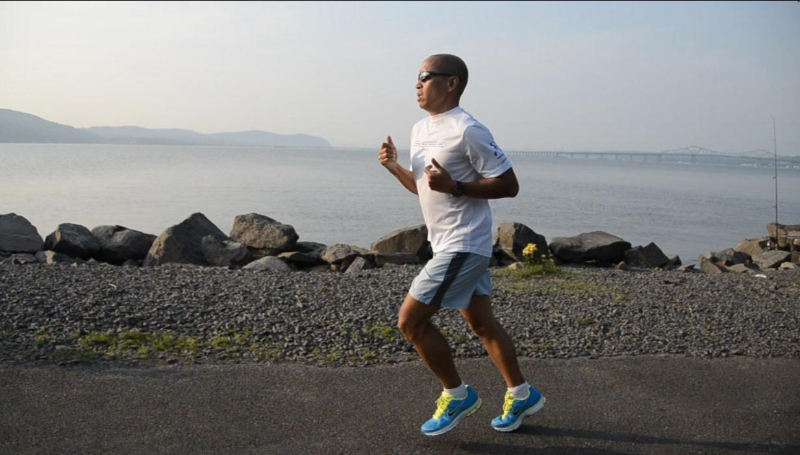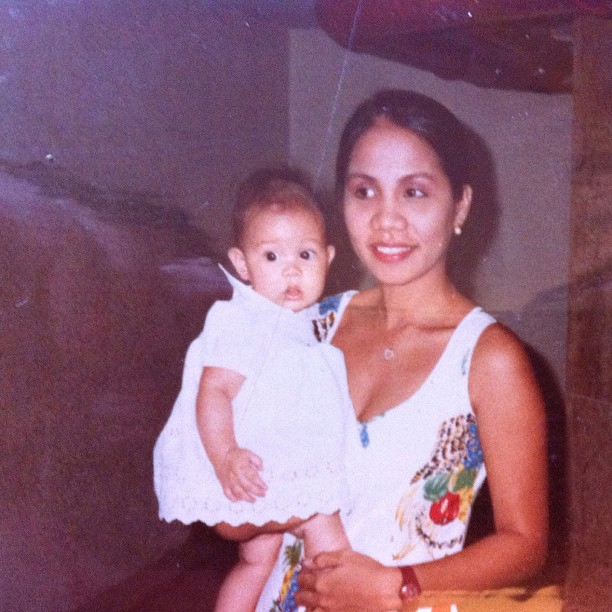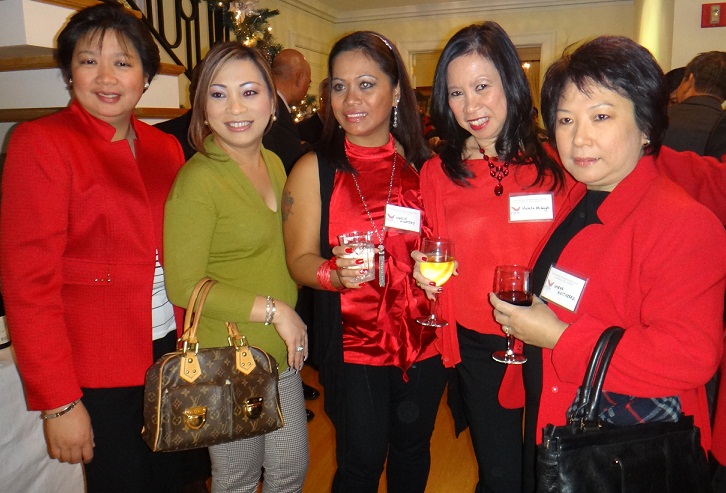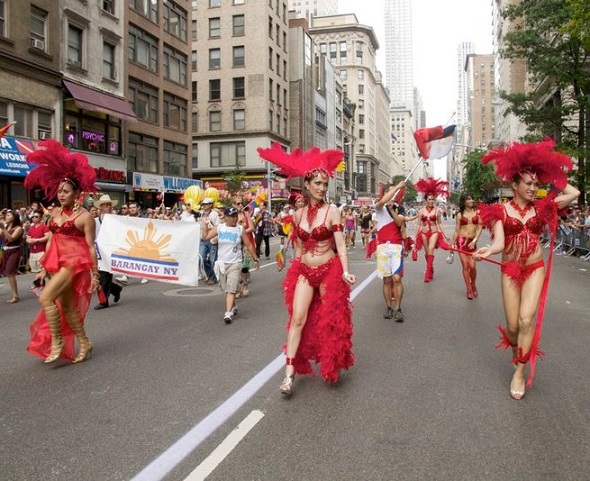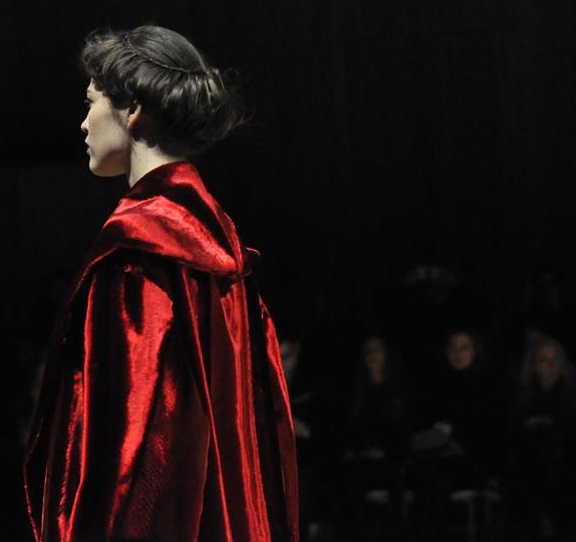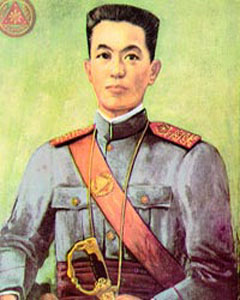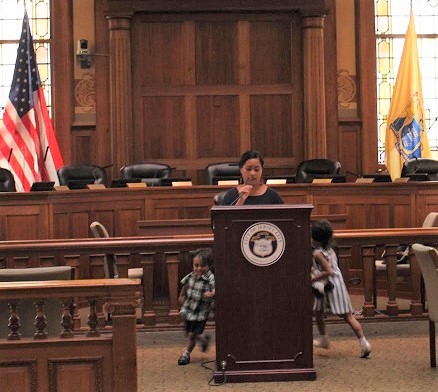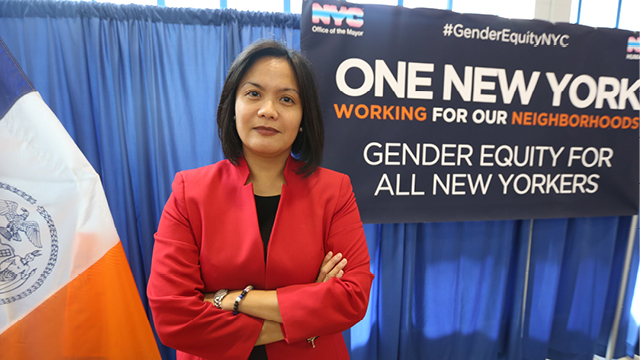A truly communal, egalitarian society in Çatalhöyük
By Wendell Gaa
Together with my colleagues from the Philippine Embassy in Türkiye, we can now lay claim to having visited the oldest known archaeological human settlement in the world at Çatalhöyük (pronounced cha-tal-HOO-yuhk), located about three hours south of the Turkish capital of Ankara.
Joining us on our road trip down to the city of Konya near where Çatalhöyük is located were none other than the distinguished retired Philippine diplomats Ambassadors Evan Garcia and spouse Jocelyn Batoon-Garcia, who had previously served as Permanent Representative to the United Nations in Geneva, Switzerland, and Ambassador to the Kingdom of Norway, respectively.
After an early morning departure from Ankara via our rented van shuttle, we arrived at Konya where we rendezvoused with our Turkish guide who would tour us to the site of Çatalhöyük itself which is approximately 30 minutes outside Konya by road. We learned how radiocarbon dating has verified that this ancient settlement existed from 7500 BC to 6400 BC and was at its height around 7000 BC.
Archaeologists estimate that the average population here was between 5,000 to 7,000 villagers altogether, with more recent research theorizing that at least 600-800 people in an average year lived at the site between 6700 to 6500 BC, which is a considerably large population by ancient Stone Age standards.
Past the entrance sign, we were shown a life-size replica of a typical house which revealed to us the everyday lifestyle of people in Çatalhöyük, which uniformly comprised of mudbrick houses that were crammed together. Inside the model house we were shown how each village family had at least two rooms. They included a cooking oven and had painted wall images of creatures that were present in the region at the time, such as leopards. Interestingly too, inside each house was a burial grave for family members who had passed away.
We learned that before burying their deceased relatives, it was customary for families of each house to bring the corpse out in the open fields and wait for enormous vultures to feed upon them until all that was left were the bones. These would then be taken back for final burial inside the house.
Although this is one practice that is totally unthinkable in today’s modern age, back in those ancient times it was the norm!
As we walked to view the actual village site itself, even by viewing the archaic ruins of the town buildings clustered together, we were astonished to see how Çatalhöyük consisted of no footpaths or streets and that people would move within the town community by way of holes in their house ceilings and doors on the side of their buildings, with doors reached by stairs and ladders, thereby making the rooftops the de facto streets of the entire village.
A very interesting aspect of life in the town-village here was how there are no central buildings from where chieftains or kings would rule over the people, or even a temple of worship. This reveals how Çatalhöyük was truly an egalitarian society where all people were viewed as equal, where there was no rich and poor nor ruler and subject, regardless of age and gender.
This place was truly communal wherein everyone knew each other and would live and trade uninterrupted for centuries before the advancing development of civilization and the end of the neolithic era would eventually end its lifespan, save for its enduring place in the memory and legacy of global antiquity.


